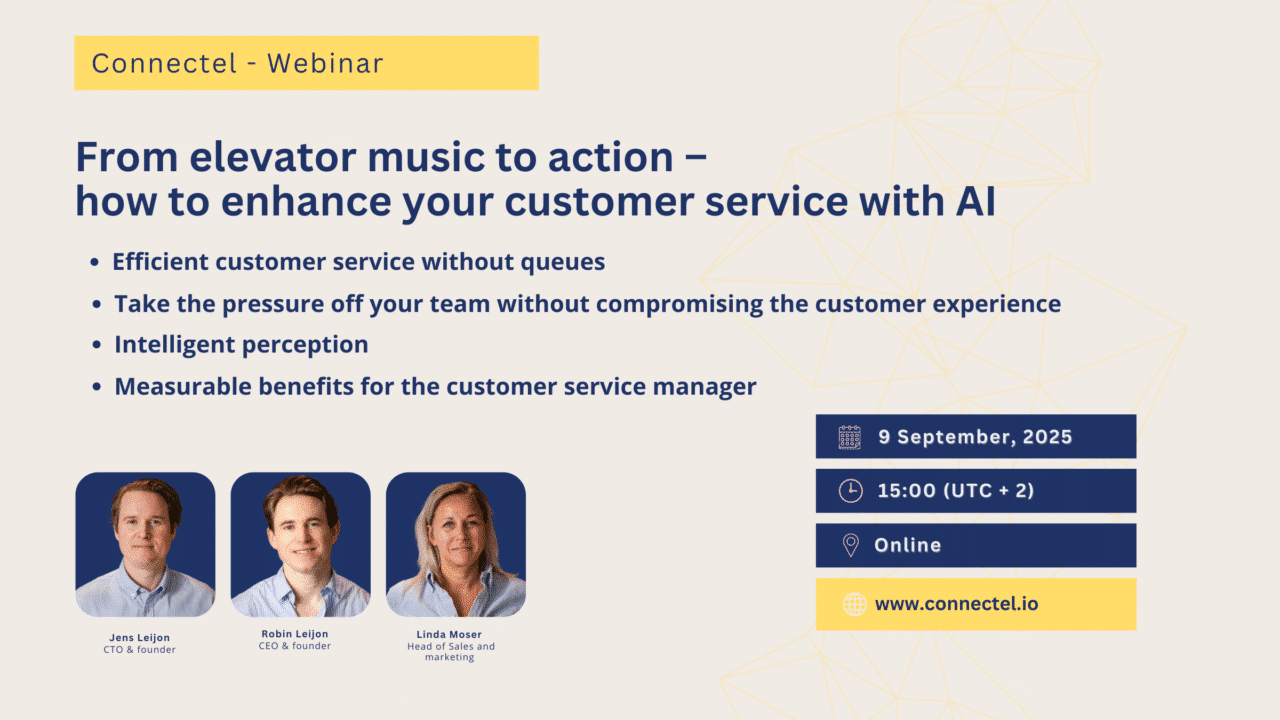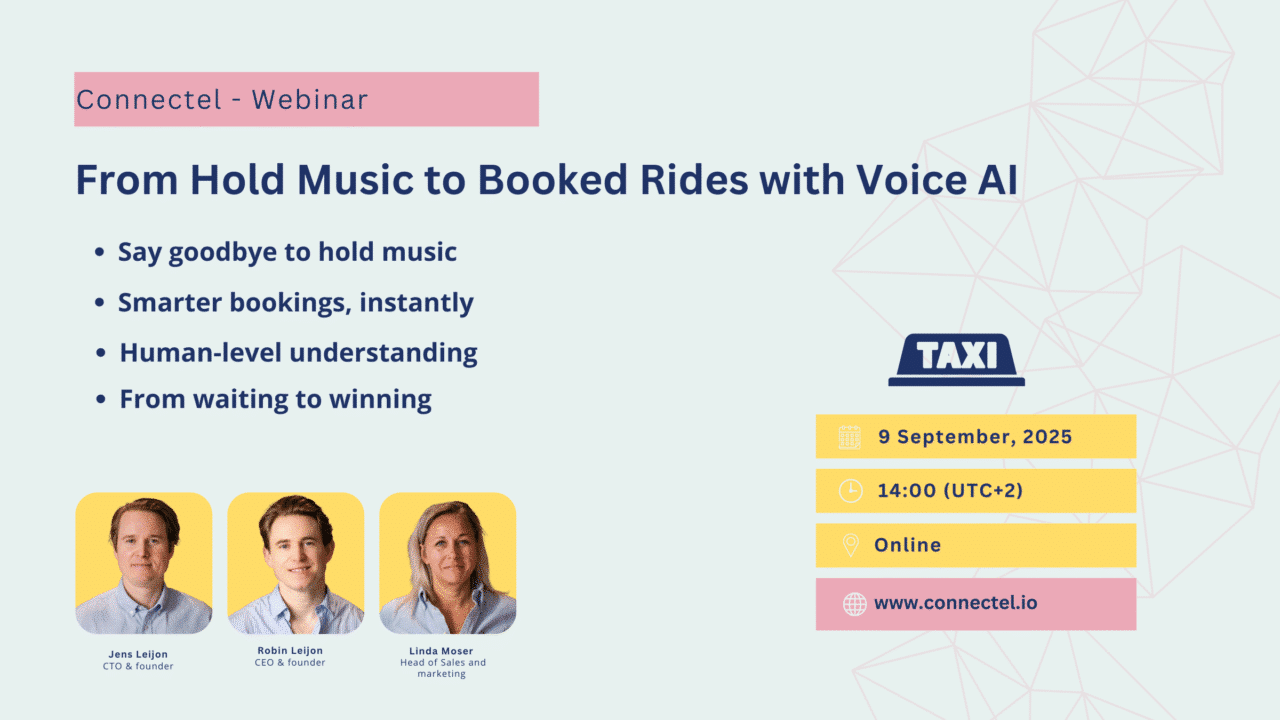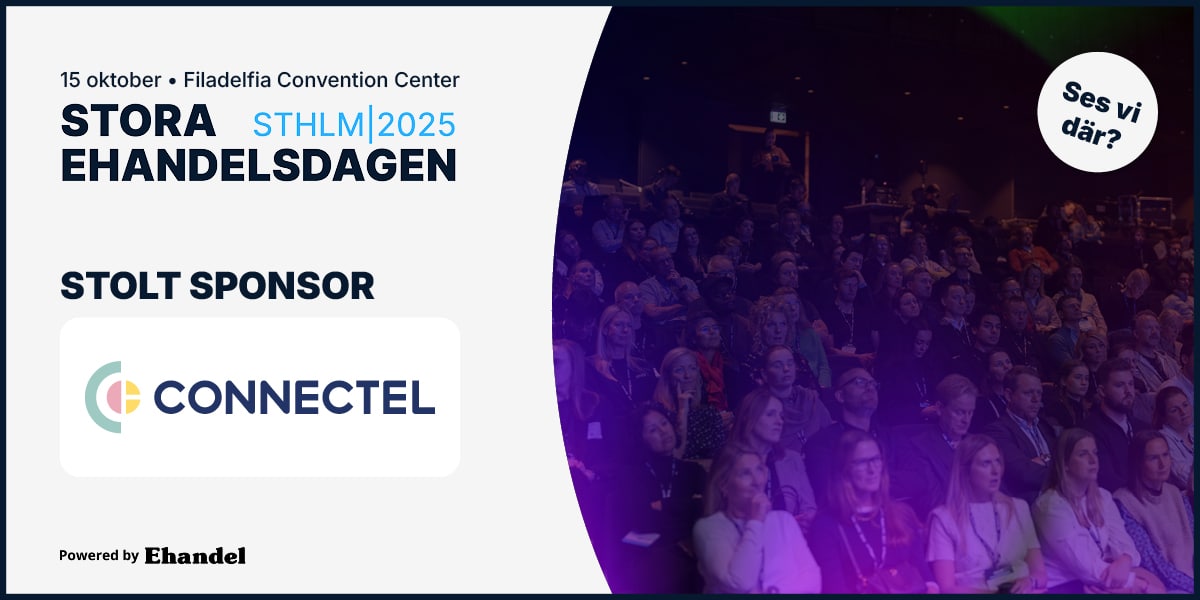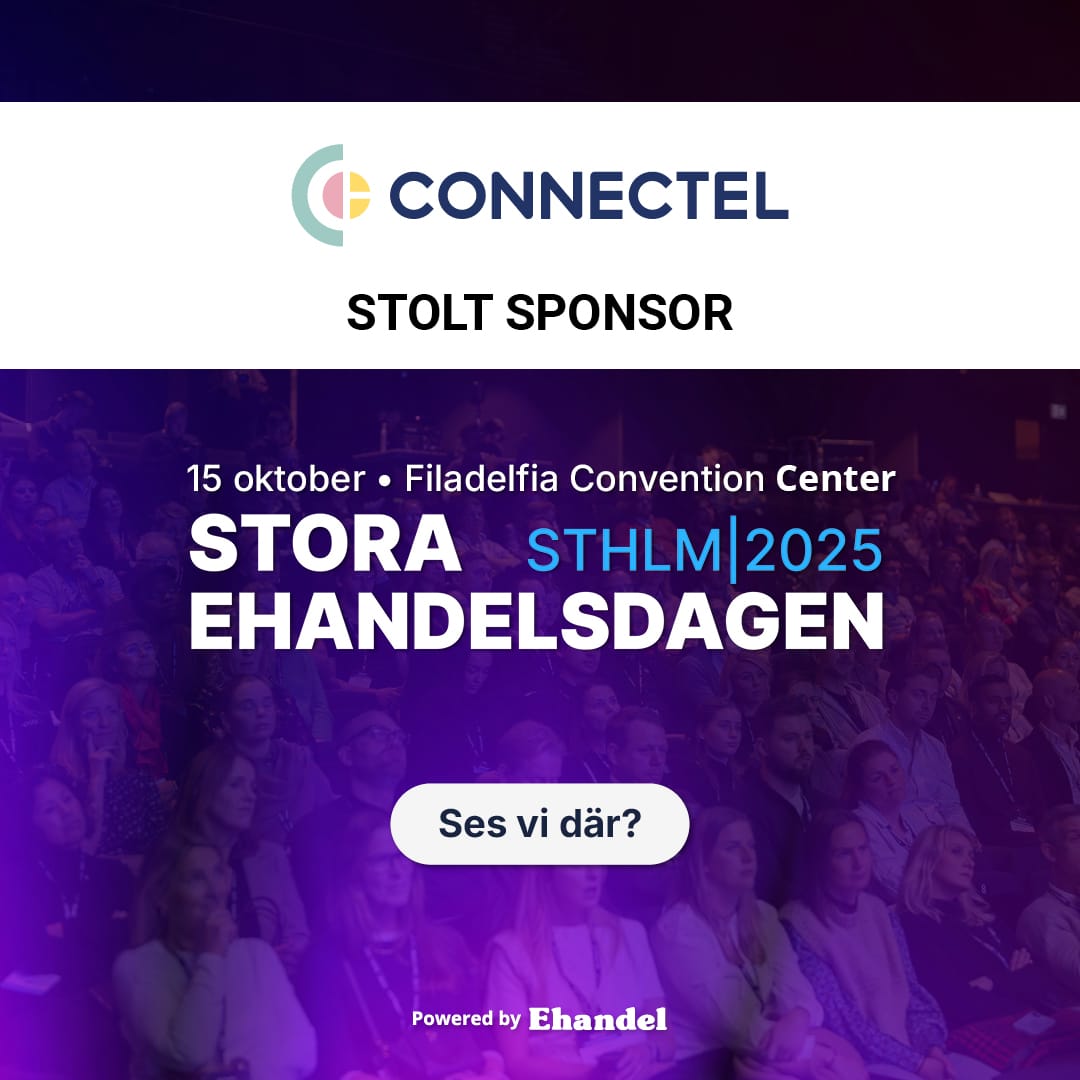
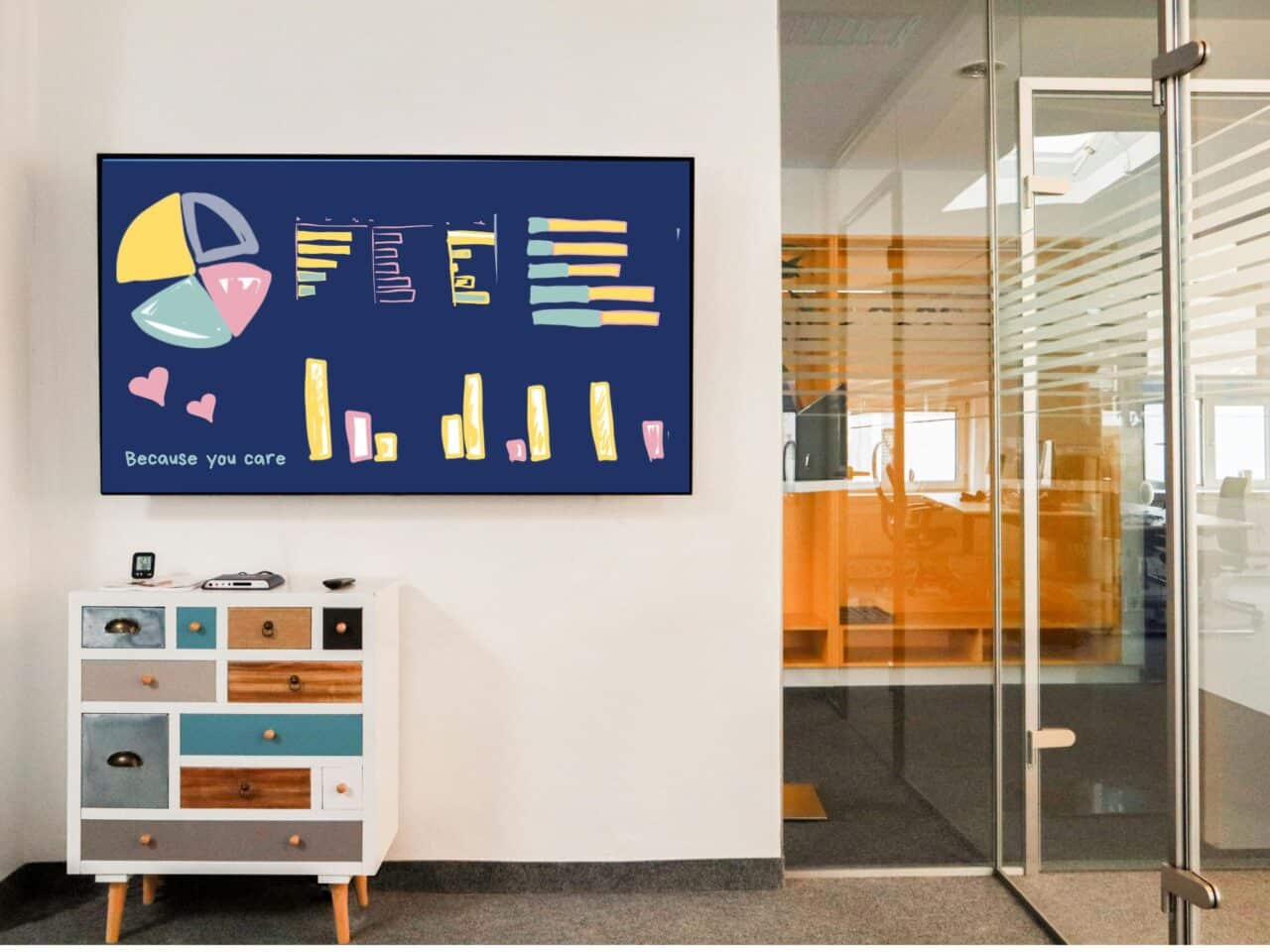
Acronyms for Customer Service Professionals
Learn the useful acronyms and terms for Customer Service
Working in customer service usually involves certain new words and acronyms in your daily work. And it can be confusing if their meaning is not entirely clear to you. But they are very useful for Customer Service, and the acronyms might even help your department to understand and work faster towards your common goals. These acronyms are often used in conversations regarding effectiveness, data gathering, improving the software and CX in general.
We have listed the most commonly used acronyms for Customer Service Professionals in contact centers, customer service departments or any customer-focused company. And this is the page for learning acronyms like AHT, FCR or VOIP. Because it can get a bit complex and difficult to keep track of all.
Dictionary to keep up with Customer Service:
| Acronym | Description |
| 1. AHT | Average handle time, is a frequently used metric that tracks how long it usually takes to solve a customer service ticket. Commonly used to track how well the agents are performing and providing quick responses to customers. |
| 2. AI | As you might already know, stands for artificial intelligence, is becoming more common in conjunction with technical customer support tools. For example, using AI for more accurate chatbot answers to frequently asked questions. |
| 3. API | An application programming interface is usually shortened down to API and it is a computing interface that defines interactions between multiple software. |
| 4. CEM | Stands for customer experience management, and is used for improving and understanding the customer journey of your business. |
| 5. CRM | Customer relationship management, is used to facilitate your relationship with prospects and prospects and customers. From the first interaction with your company throughout the time as customers. |
| 6. CSAT | Is a commonly used term for customer satisfaction, it describes a score produced by surveys, when asking customers how they experience the service. |
| 7. CSS | In customer service, CSS stands for customer self-service, where the customer can search for the answer to their question on their own, without getting in contact with a human agent. For example, provide these answers with help from AI and chatbots (don’t get confused – CSS of coding and style sheets, it is another CSS). |
| 8. CTI | Is a computer-telephony integration that allows companies to integrate their phone and digital interactions into one interface. |
| 9. CTR | Stands for click-through rate, and describes the percentage of clicks that a link gets, due to the number of views or chances of clicks. It is often used in marketing, but it is also useful when measuring how well your knowledge base (point 11) is performing. |
| 10. CTR | Stands for click-through rate, and describes the percentage of clicks that a link gets, due to the number of views or chances of clicks. It is often used in marketing, but it is also useful when measuring how well your knowledge base (point 11) is performing. |
| 11. CX | Customer experience, describes a more comprehensive aspect of a customer’s usage and interaction with a company or product. Performing outstanding customer service is a part of the overall CX. |
| 12. FCR | Is short for first call resolution in the call center context, and shows how frequently the customer’s questions are solved within their first contact with an agent. |
| 13. KB | Knowledge base, is a collection of questions and answers. It enables self-service and is very useful to customers that search for quick answers to common problems. It can also be used internally to collect and organize business information. |
| 14. KPI | Key performance indicators, are the metrics a department or business chose to track and prioritize, to measure the performance towards their fundamental goals. |
| 15. NPS | NPS means net promoter score, and is a very important customer service metric. It describes how likely the customers are to recommend your company or product to a friend or colleague. |
| 16. ROI | ROI stands for return on investment, and is a term for measuring the outcome from the amount spent on a product or service. |
| 17. SBR | Skills-based routing, is a technique customer service departments use to ensure the incoming ticket gets delivered to the right agent. Simply, to make sure the agent’s skills match the ticket subject. |
| 18. SLA | A SLA or service level agreement, is a written statement and a commitment from the customer service team, involving standards and approaches. |
| 19. UI | Stands for user interface and is the part of a software that the user sees and interacts with. It usually has an impact on how often the customers contact the support team and how often they can solve the issue on their own. |
| 20. VOIP | Stands for Voice over Internet Protocol and it is the technology that enables phone calls over the internet. |
| 21. WOM | Word of mouth describes the expressed opinions from your customers regarding your company’s products, services and brand. To develop positive customer behavior that results in customers spreading good words about you is a sign of great customer service success. |
But be aware, these acronyms are frequently used within the industry of customer service. Our recommendation is to spell out the full explanation as well, just to be safe and avoid misunderstandings
Create a outstanding customer experiences
